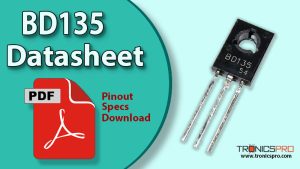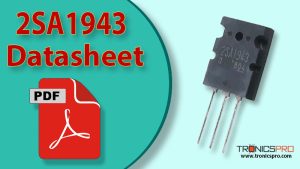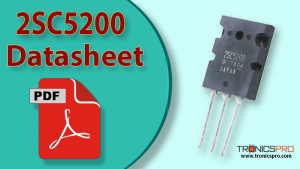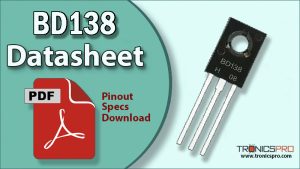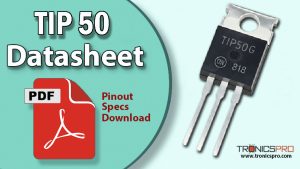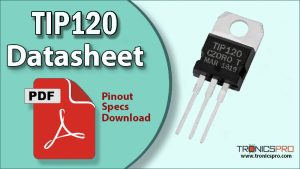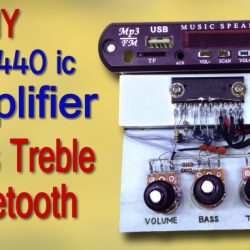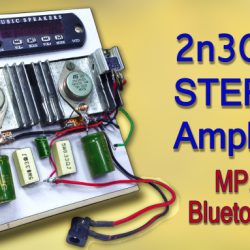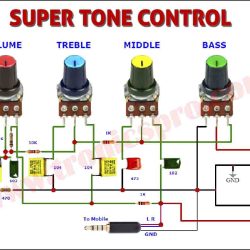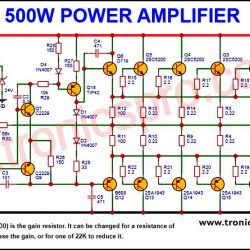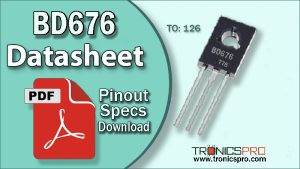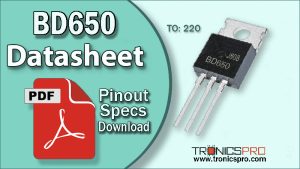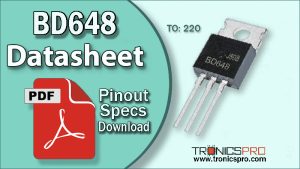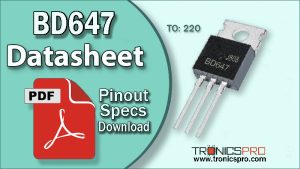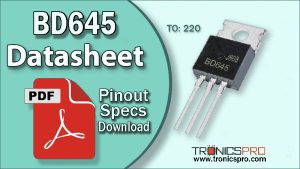Introduction
The BD535 is a silicon epitaxial-base NPN power transistor designed for medium-power linear amplification and switching applications. It belongs to a transistor family of complementary power devices, engineered with planar “Base Island” layout to deliver high gain and low saturation voltage. The BD535 is a mid-voltage variant (60 V class) that bridges lower- and higher-voltage devices in its series.

In audio amplifier, driver, or regulator circuits, the BD535 is well suited for output stages or intermediate driver roles where robustness, current capability, and matching in complementary designs are important. Its performance balance in gain, saturation, and thermal stability allows it to be used in both analog and switching domains.
BD535 NPN Transistor

Because it pairs with a PNP complement (BD536), the BD535 is often chosen in push-pull or class AB amplifier output stages. The matched characteristics between the NPN and PNP halves help reduce distortion, improve symmetry, and maintain thermal balance across both transistor types in amplifier designs.
Pinout of BD535

Key Features
- Mid-voltage NPN transistor optimized for power stages
- Low saturation voltage under load
- High current capacity in plastic power package
- Balanced gain across operating range
- Compatible with complementary PNP counterpart
- Thermally stable in moderate heatsink environments
- Designed for both switching and linear usage
Specifications/Characteristics
- Collector-Base Breakdown Voltage (VCBO) = 60 V
- Collector-Emitter Breakdown Voltage (VCEO) = 60 V
- Collector-Emitter Sustaining Voltage (VCES) = 60 V (IB = 0)
- Emitter-Base Breakdown Voltage (VEBO) = 5 V
- Continuous Collector Current (IC) = 8 A
- Total Power Dissipation (Ptot) at TC = 25 °C = 50 W
- Maximum Junction Temperature (TJ) = 150 °C
- Storage Temperature Range (Tstg) = –65 °C to +150 °C
- DC Current Gain (hFE) = 40 (at test conditions)
- Transition Frequency (fT) = 3 MHz
Pin Configuration
| Pin# | Pin Name | Pin Description |
|---|---|---|
| 1 | Base | Control / drive input terminal |
| 2 | Collector | Main current output / load terminal |
| 3 | Emitter | Return / output terminal |
Comparison BD535 (NPN) vs BD536 (PNP)
The BD533 is an NPN power transistor, while the BD534 is its PNP complementary device. Both share nearly identical specifications, including voltage, current, and power dissipation ratings. In amplifier configurations, the BD533 handles the positive half of the waveform, while the BD534 manages the negative half, providing balanced output with low distortion. Their complementary operation ensures efficient performance in audio, switching, and power regulation applications.
More Circuit Layouts
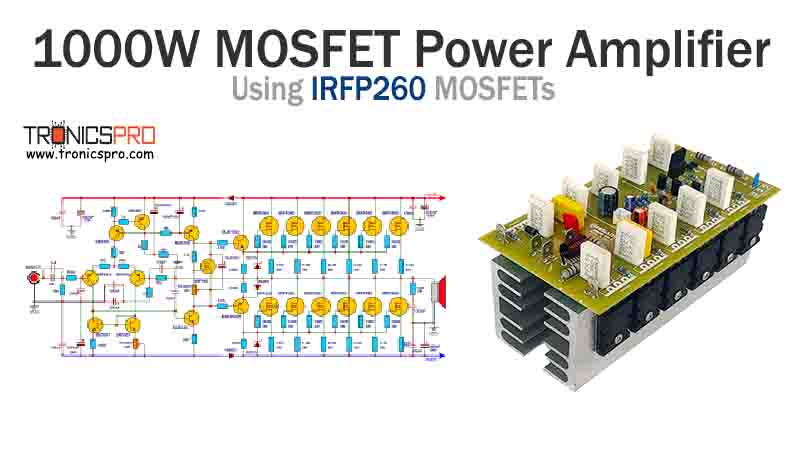
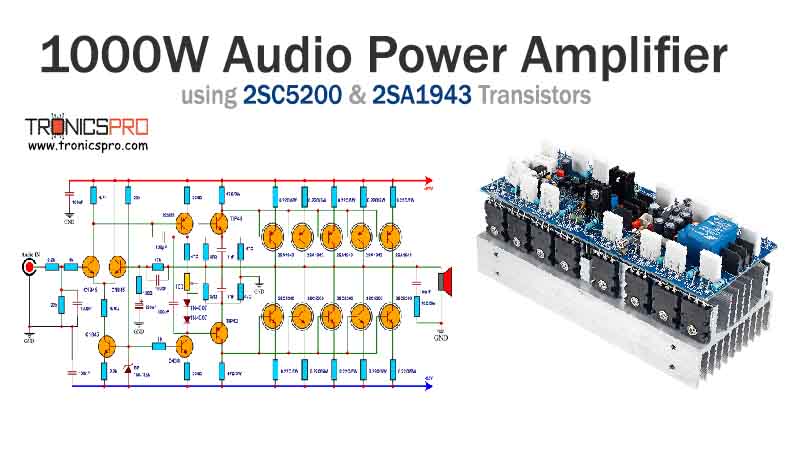
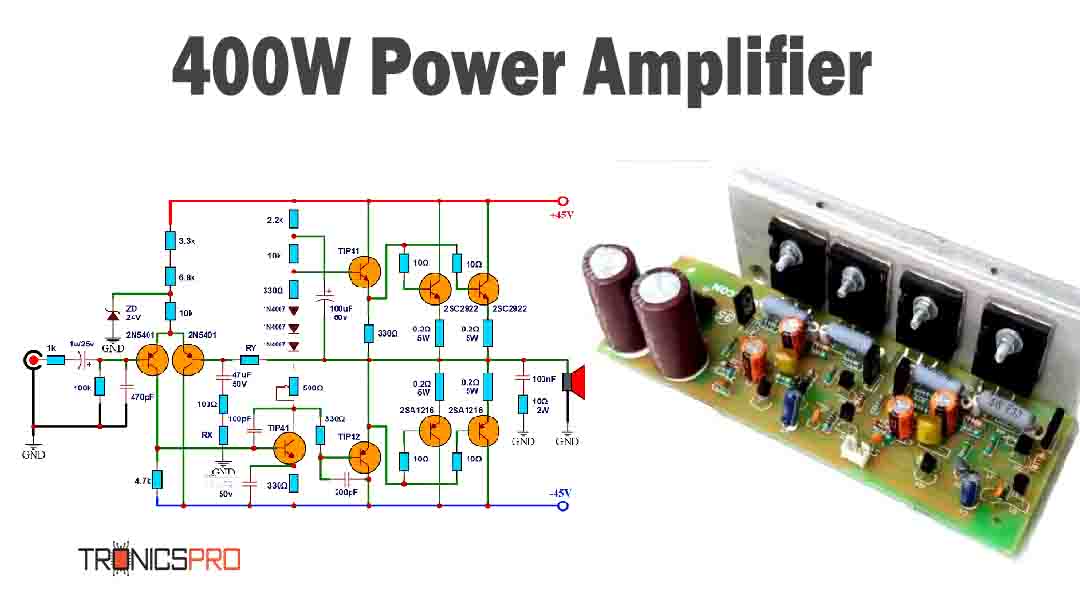
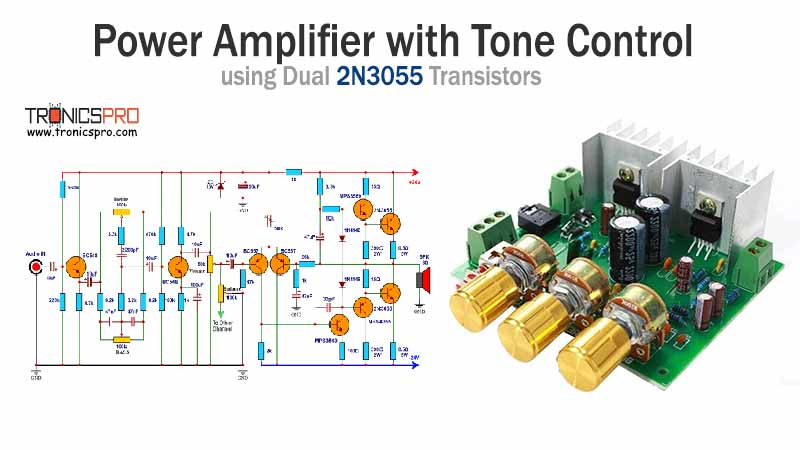
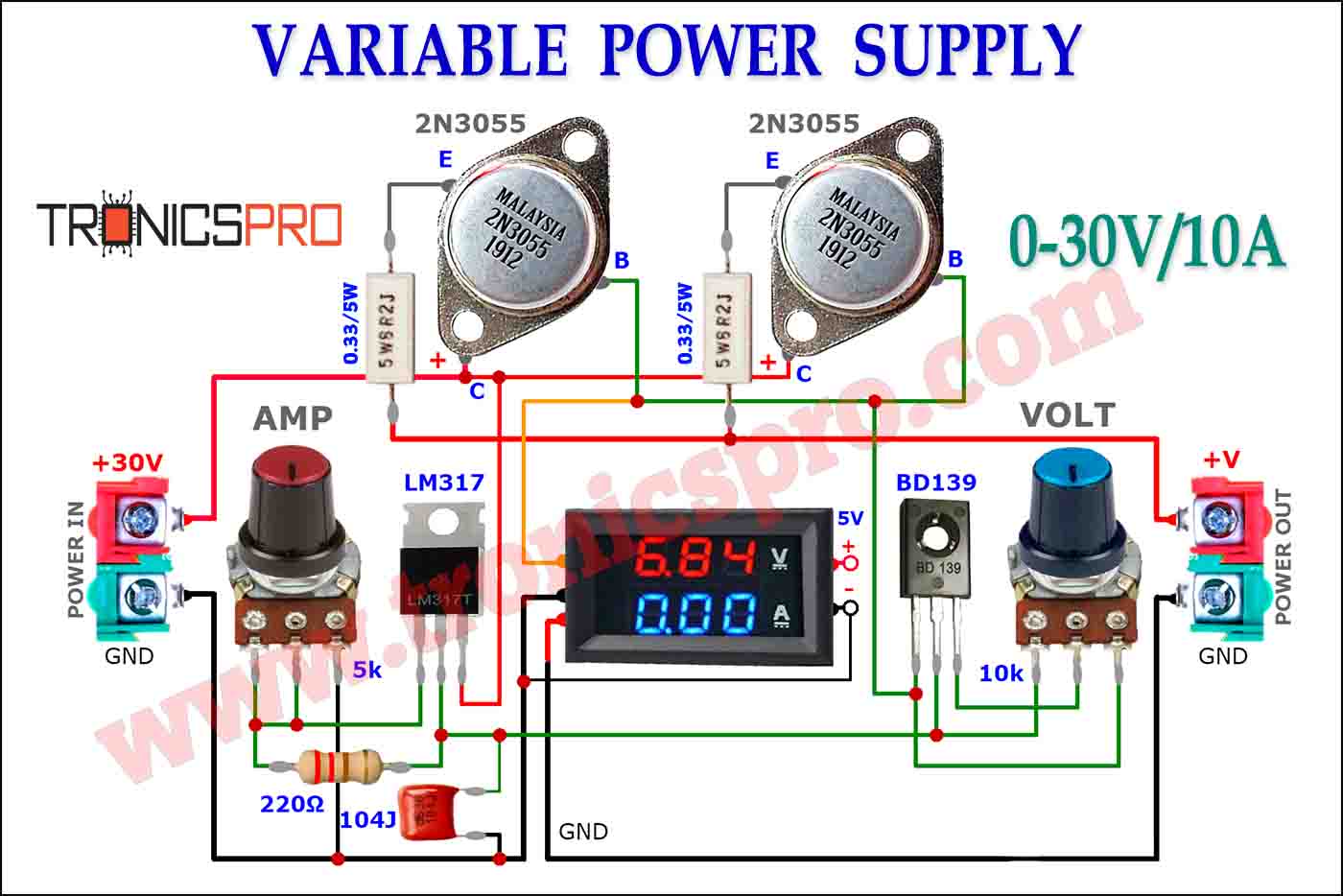
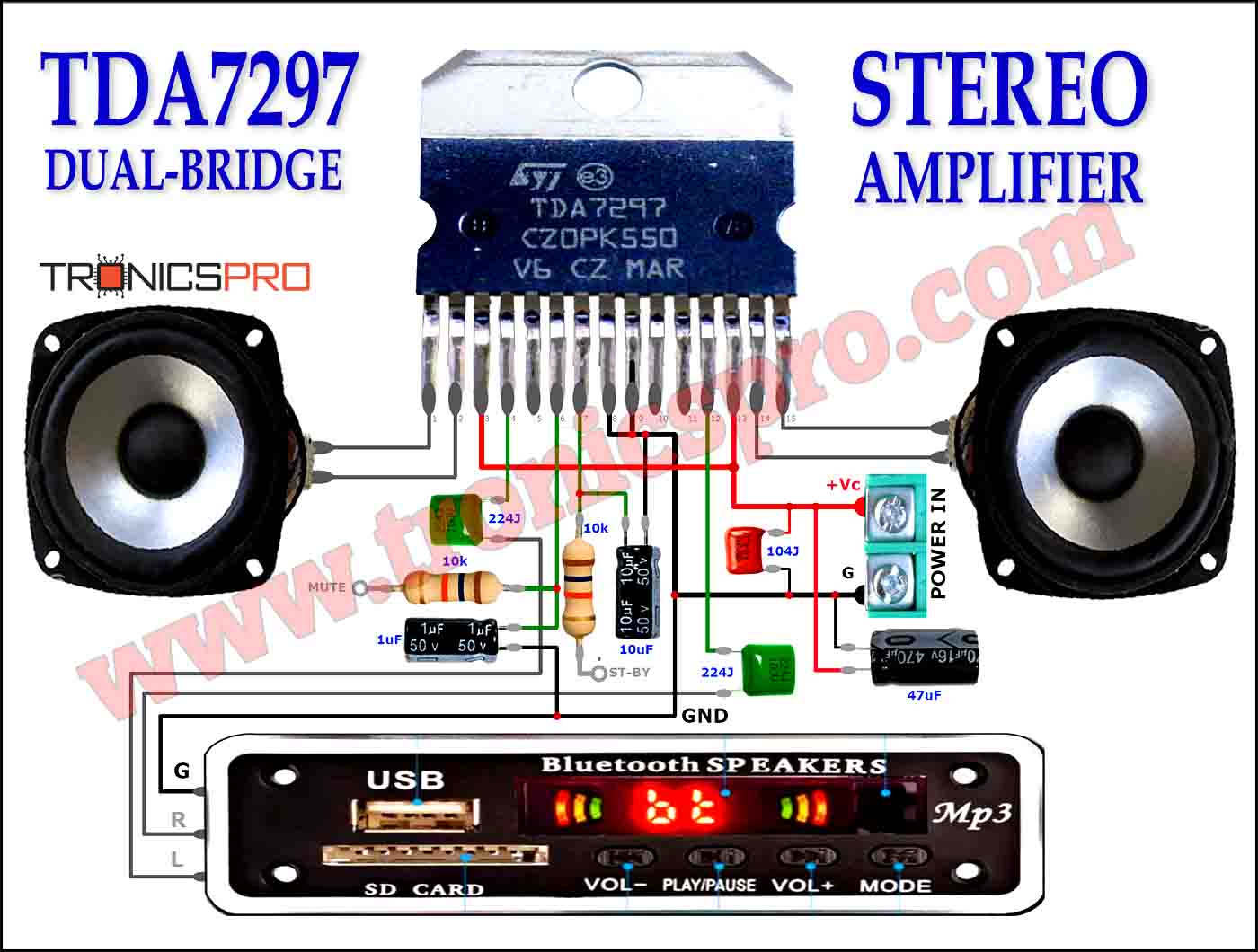
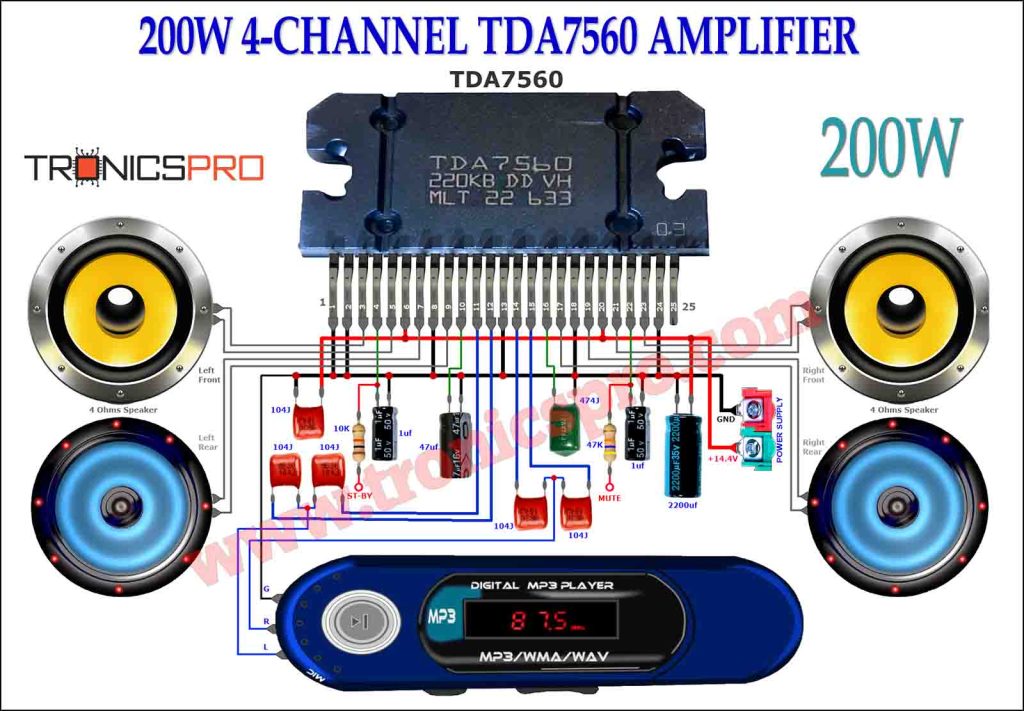
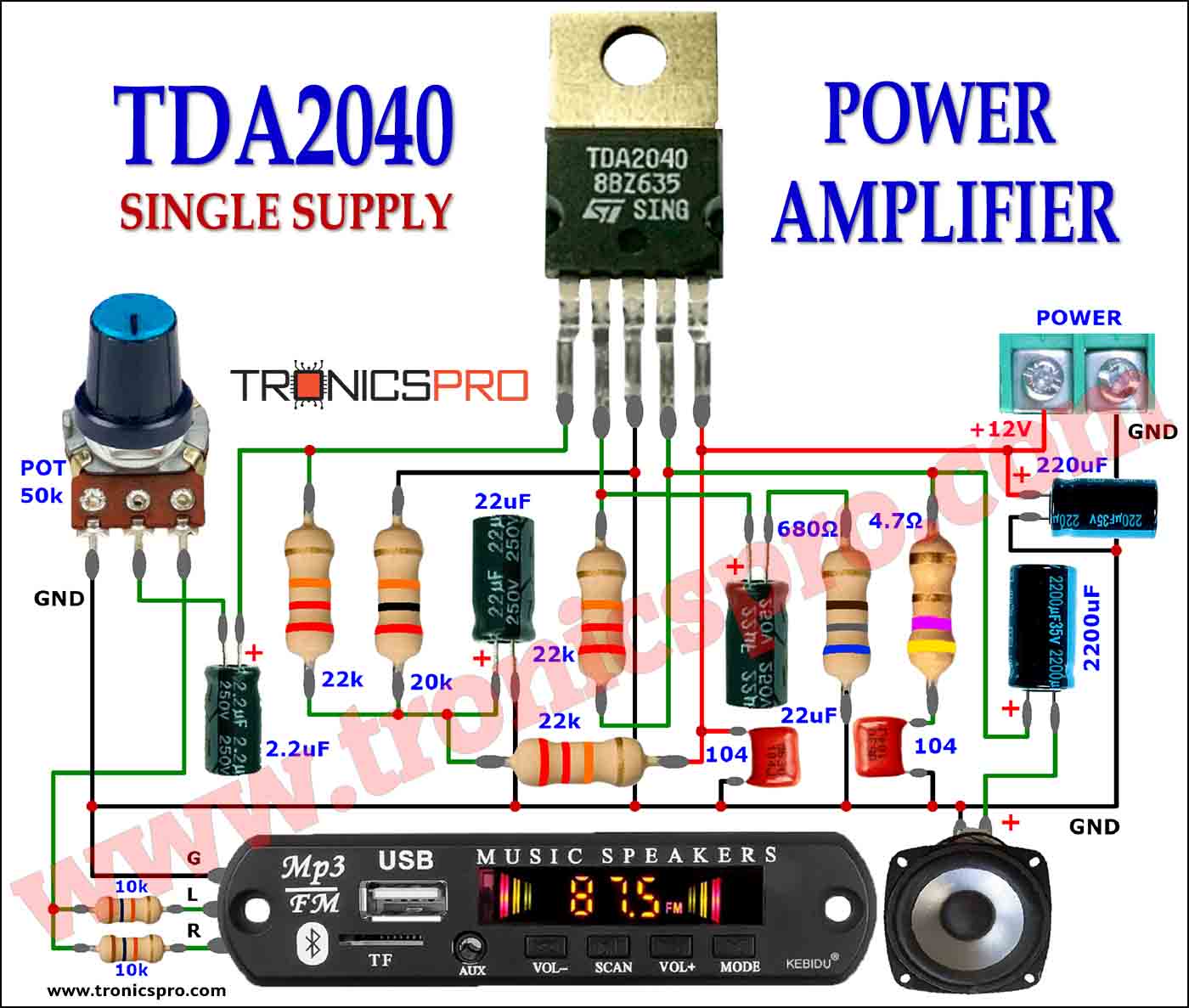
Key Applications of BD535 NPN Transistor
- Audio power amplifier output stages
- Driver amplifier and buffer circuits
- Switching regulators and power supplies
- Power control and motor driver stages
- Push-pull complementary amplifier configurations
- General-purpose medium-power switching / amplification
PNP Complimentary Transistor
- The PNP complementary transistor for BD535 is BD536.
Equivalent Transistors of BD535 NPN Transistor
- Some possible equivalents or alternatives include BD533 or BD537 (other variants in the same series), higher-power NPN transistors such as 2N6488 or TIP41 series (if voltage/current margin allows)
(Pin configuration of some transistors mentioned here may different from BD535).
Datasheet of BD535 NPN Transistor
Click the following Button to download the datasheet of BD535 Transistor :
More projects, You may like:
- Video Transmitter DIY Homemade FM Radio Transmitter
- Adjustable Power Supply DIY Battery Charger
- 12V-220V 500 Watt inverter DIY Homemade
- MPPT Solar Charge Controller DIY Homemade
- DIY LA4440 bass amplifier homemade
For more project and circuit diagrams, you can go through the Schematics in the main menu where you can find many interesting projects and circuit diagrams like audio amplifier circuits, voltage booster circuit, battery charger circuit and timer circuits etc., which are all beginner circuit projects. Feel free to check them out!

Thank you for visiting the article.


